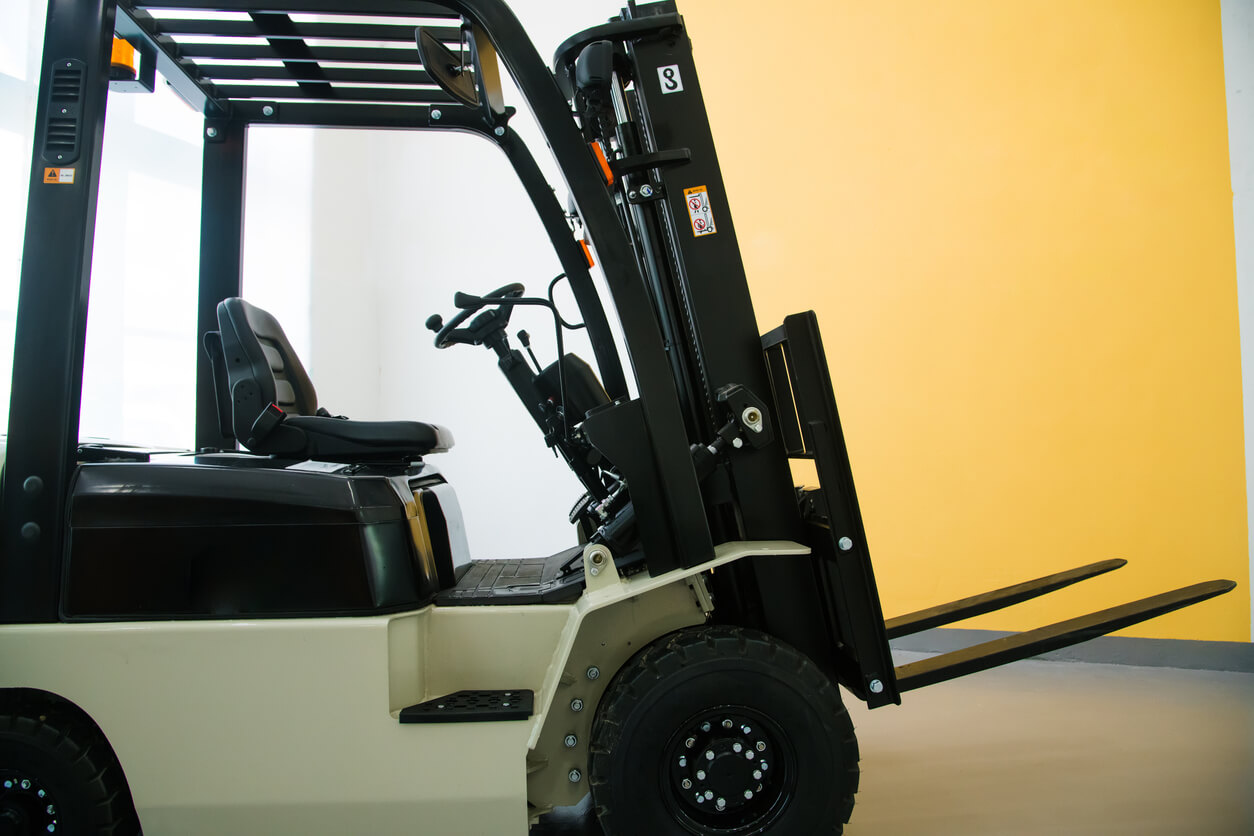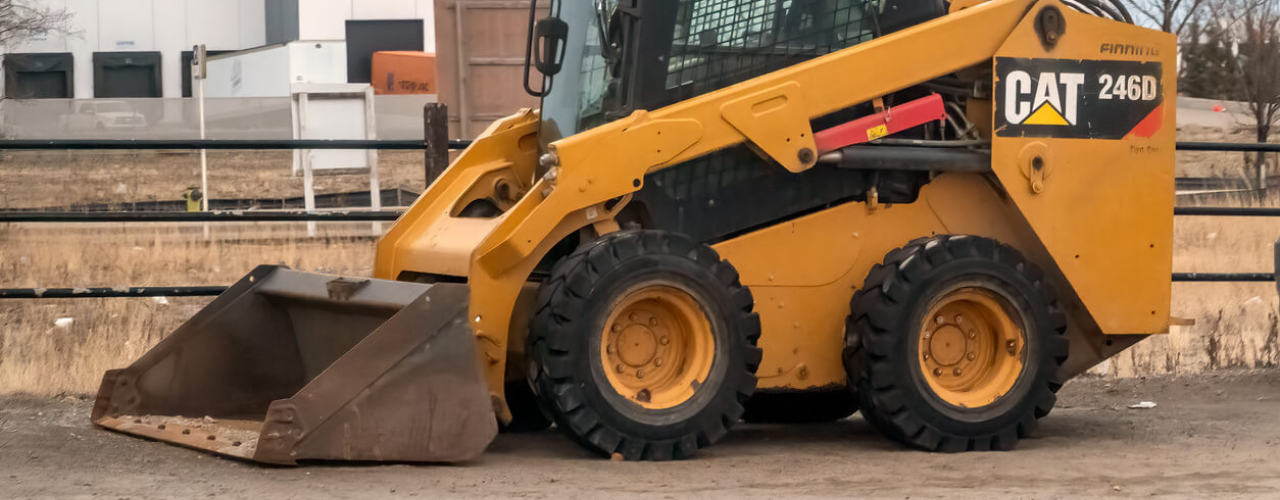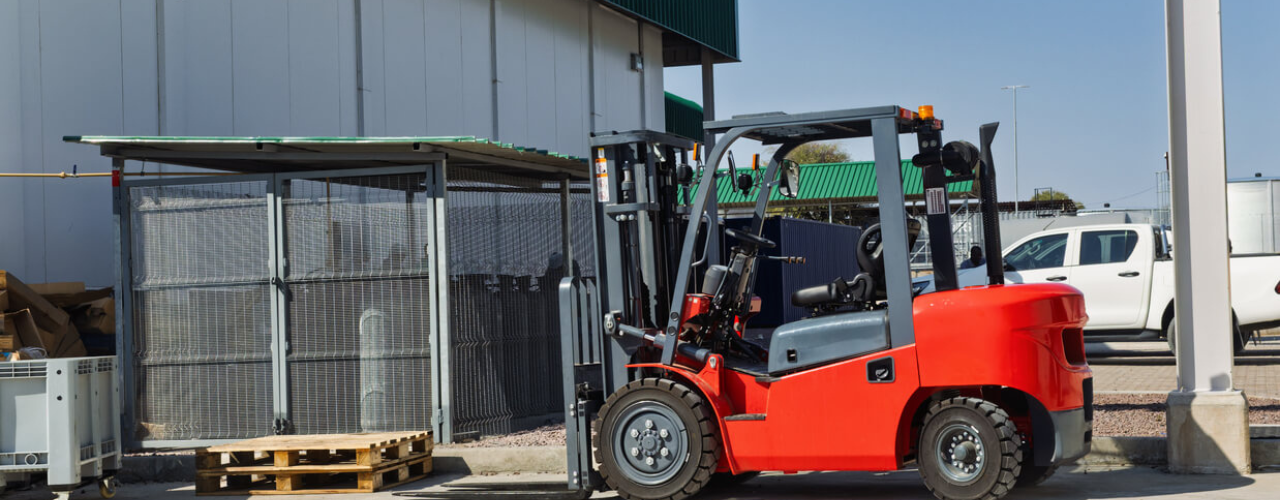
Blog
How to Choose the Right Counterbalance Forklift and Extend its Lifespan

How to Choose the Right Counterbalance Forklift and Extend its Lifespan
A counterbalance forklift is the heartbeat of an operation. It’s the one piece of equipment you can’t afford to get wrong. A smart purchase boosts your team’s productivity and bottom line, but a poor equipment choice can jeopardise your entire operation.
In my decades on the ground, I’ve seen firsthand how the right machine can transform a business and how the wrong one can bring an entire operation to its knees.
Extending Your Investment: The Power of Simple Daily Checks
The most valuable counterbalance forklift is a reliable one. While a high-quality machine is the first step, its longevity and safety are ultimately determined by how well it’s maintained. Fortunately, you don’t need to be a certified mechanic to significantly extend your forklift’s lifespan.
By implementing a simple, routine check at the start of every shift, you can prevent small issues from becoming expensive, dangerous breakdowns. This is a critical habit for any operator and a cornerstone of a smart equipment investment.
Here are the key checks to perform:
- Check the Fluids: Just like a car, your forklift relies on various fluids. Visually inspect the hydraulic fluid, engine oil (for IC models), and coolant levels to ensure they are within the correct range.
- Inspect the Tires: Check for any signs of damage, like cuts or gashes, and ensure the tyres are properly inflated. For pneumatic tyres, check the pressure; for cushion tires, check for any significant wear or chunking.
- Examine the Forks: The forks are the primary contact point with your loads. Look for any cracks, bends, or uneven wear that could compromise their strength. Also, ensure the locking pins are secure, and the heel of the fork is not worn down.
- Test the Controls: Before moving a load, test all the operational controls. This includes the lift, tilt, and side-shift functions. Check the horn and lights and ensure the brake pedal feels firm and responsive.
- Look for Leaks: Perform a quick visual scan for any puddles or drips of fluid underneath the forklift. Leaks are a clear sign of a problem that needs immediate attention.
By making these simple checks a non-negotiable part of your daily routine, you’re being a smart business owner, protecting your investment and ensuring the safety of your entire team. While daily checks are a powerful first line of defence, they are no substitute for professional, regular maintenance.
At Glosrose, our experienced engineers provide comprehensive servicing to ensure your forklifts are in peak condition, fully compliant, and ready to meet the demands of your operation.
Your First Strategic Decision: Electric or Internal Combustion
Before you dive into specifics, the most critical decision you’ll make is selecting the power source for your counterbalance forklift. This choice dictates everything from your operational environment to your long-term maintenance costs. The three main categories are electric, LPG and internal combustion (IC), and each is engineered for a specific job.
Your final choice depends on a few key questions:
- What are you lifting and where? The weight, size, and type of load, as well as the working environment, will determine the required capacity, power source, and tyre type.
- What kind of space are you working in? An indoor-only operation with air quality concerns will have a different need than a bustling outdoor construction yard.
- How high are you lifting? This will directly impact the necessary mast height and lift capacity at various elevations.
Which Forklift Power Source is Right for My Operation?
The first major decision is the power source. This choice affects everything from maintenance and emissions to your long-term total cost of ownership (TCO).
The Case for Electric Forklifts
- Zero Emissions: You should use electric counterbalance forklifts for indoor spaces, such as warehouses, food storage, and pharmaceutical facilities, where air quality is a priority.
- Lower Running Costs: Electricity is often cheaper than fuel, and electric motors require less maintenance because they have fewer moving parts.
- Quieter Operation: Reduced noise levels create a safer, more comfortable work environment for your operators and other employees.
- Maintenance: You won’t have to worry about oil changes, spark plugs, or fuel filters.
The Case for Internal Combustion (IC) Forklifts
- Raw Power: IC forklifts (diesel, LPG, or gasoline) handle heavy-duty lifting and manage larger capacities more easily.
- Outdoor Performance: Diesel and LPG models excel in outdoor and unpredictable environments, such as construction sites and freight yards, where their rugged build and power shine.
- Quick Refueling: A quick tank refill gets the machine back to work instantly, eliminating the need for battery charging downtime.
- Longevity: Operators often prefer IC engines for multi-shift, high-demand operations because of their consistent power delivery.
The case for LPG (gas) forklifts
Balanced Performance: LPG forklifts strike a balance between the clean operation of electrics and the raw power of diesels. They’re powerful enough for demanding applications but flexible enough for indoor use with proper ventilation.
- Consistent Power Delivery: Unlike electrics, LPG models don’t lose performance as the fuel depletes. Operators get steady lifting capability from the first pallet to the last.
- Quick Refuelling: Swapping or refilling a gas cylinder takes minutes, keeping downtime to a minimum and productivity high.
- Lower Emissions Than Diesel: While not zero-emission, LPG forklifts produce cleaner exhaust than diesel, making them more suitable for indoor work where air quality still matters.
- Versatility: One truck can comfortably move between warehouse floors and outdoor yards without compromise, making LPG an excellent choice for mixed-use environments.
Beyond the Purchase Price: New, Used, or Hire?
The decision to invest in a counterbalance forklift isn’t just about the initial cost; it’s about finding the right financial and operational model for your business. Understanding the pros and cons of buying new, buying used, or hiring can save you a significant amount of money and stress in the long run.
- Buying a New Forklift: A new machine offers the latest technology, enhanced safety features, and a full manufacturer’s warranty, providing you with peace of mind. While the upfront investment is higher, you benefit from a longer lifespan, predictable maintenance costs, and better fuel or battery efficiency, which lowers your long-term total cost of ownership (TCO). This option is ideal for businesses with consistent, high-volume operations and available capital.
- Buying a Used Forklift: A used counterbalance forklift presents a more budget-friendly option with a lower initial outlay. It’s a great choice for businesses with fluctuating demands or a tight budget. However, you must carefully inspect a used forklift’s service history and condition to avoid unexpected repair costs. A thorough inspection and purchase from a trusted dealer are crucial to ensure you’re getting a reliable machine.
- Forklift Hire: For many businesses, forklift hire is the most flexible and cost-effective solution. This model eliminates the large upfront capital expenditure and provides a predictable monthly cost that often includes servicing and maintenance. It’s perfect for seasonal demand, short-term projects, or trying a specific machine before you buy. Glosrose offers a wide range of forklift hire options, ensuring you get the exact equipment you need, for precisely as long as you need it.
What are the Key Factors for Strategic Forklift Selection?
Any seasoned professional will tell you the real value of a counterbalance forklift lies in the details. Before you even think about models, you need a no-holds-barred audit of your operational needs. Here’s what I always prioritize.
How Do I Determine the Right Load Capacity and Lift Height?
Here’s a common mistake I’ve seen businesses simply match their heaviest load to the forklift’s maximum capacity. Don’t do that. Remember, a forklift’s capacity decreases as the lift height increases. Always check the residual capacity chart to make sure the machine can safely lift your load to the highest point you need to go.
Which Tyre Type is Best for My Working Environment?
- Cushion Tires: These solid rubber tires handle smooth, indoor surfaces like concrete. They offer a smaller turning radius, making them perfect for navigating tight warehouse aisles.
- Pneumatic Tires: Like car tires, these are air-filled and handle outdoor terrain. They provide better traction and a smoother ride on uneven, unpaved, or muddy surfaces.
Why is Operator Comfort a Key Factor?
An uncomfortable operator is less efficient and more prone to accidents. Investing in their comfort pays off, because a comfortable operator is a productive and safe one. Look for features that minimize fatigue and strain, such as:
- Adjustable Seating: Seats with multiple adjustment points for height, tilt, and lumbar support.
- Intuitive Controls: Controls that are easy to reach and operate without awkward stretching or twisting.
- Reduced Vibration and Noise: Features like cushioned operator compartments and insulated engine covers to minimize physical and mental strain during long shifts.
- Easy Access: Thoughtful design for comfortable entry and exit from the cab.
These considerations improve operator well-being, lead to fewer errors and higher sustained productivity, and ultimately reduce long-term health issues.
How Can Forklift Attachments Increase My Machine’s Versatility?
The right attachments turn a standard counterbalance forklift into a multi-tool powerhouse. A strategic investment means choosing a machine you can easily fit with hydraulic attachments like drum handlers or specialized rotators. That versatility can save you from buying multiple single-purpose machines.
Making a Strategic Investment with Glosrose
Choosing a counterbalance forklift is a strategic decision that affects your entire operation. By looking beyond simple specs, you can select a machine that perfectly fits your environment and empowers your team.
A thorough evaluation of these factors will help you make a smart investment that delivers years of safe, productive service. Contact us today to speak with an expert and find the perfect counterbalance forklift for your needs.
You May Also Like


Can the skid-steer loader take on more of the work traditionally done by compact excavators?

How UK Compliance and New Tech are Reshaping Counterbalance Forklift Training and Safety
Get in Touch
Not sure what you are looking for or need some advice for your requirements? Get in touch with us today and a member of our experienced team will be more than happy to help answer your questions.
